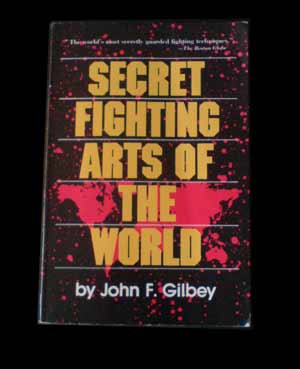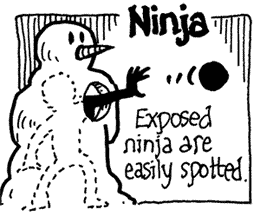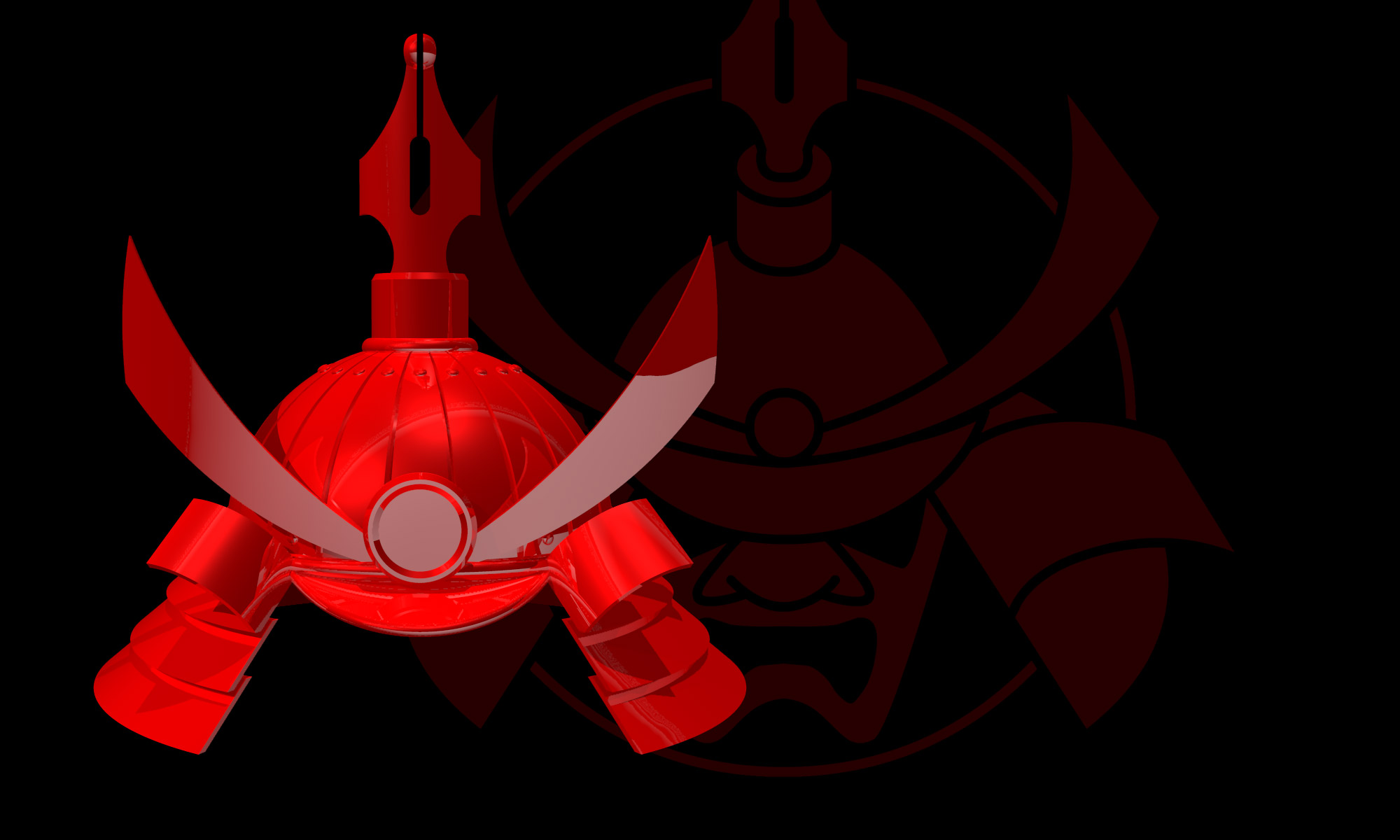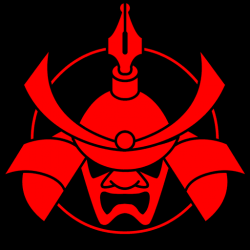“The world’s most secretly guarded fighting techniques” — The Boston Globe

Secret Fighting Arts of the World, by
John F. Gilbey ISBN 0804816085, pub. Tuttle. The book was first published in 1963. This is a 2001 edition.*
Although over the years I did a lot of research for the Fudebakudo book, there is one book that was, indirectly, hugely influential: Secret Fighting Arts of the World by John F. Gilbey. Actually it wasn’t really by a Mr Gilbey, but I didn’t find that out until much, much later. I read it when I was around 13 or 14, and it sowed a seed which undoubtedly resulted in my drawing the first Fudebakudo cartoons well over a decade later.
When we were young teenagers, a friend called Jon lent me the book and I distinctly remember being impressed by the wonders described within it. To my delight, I recently got hold of a second-hand copy, pictured here (although a previous owner has drawn loops around some of the chapter titles — gah! why would anyone do that?). If you like the left-hand pages of Fudebakudo, you will love this book and you should seek it out. It’s a parody so sly it makes Fudebakudo seem as coarse as a clown-car with square wheels.
I don’t think I was particularly credulous as a child, and today anyone who knows me will tell you I have a sceptical outlook so developed it’s probably wearisome, but back then I never realised how deliberately untrue the book was. Some of the things it reported were suspicious, certainly, and the incident described in its last chapter sort of flagged to me that silliness was afoot (which, I now appreciate, is a very neat thing to do with the final words). But if I’m honest, I didn’t understand how mischievous and how good the book was until much later. Two things in particular contributed to its credibility. Firstly, it was written as a convincing series of reports without hyperbole by someone who was quite clearly experienced in the martial arts. Secondly, it was published by Tuttle Publishing, a well-known and immensely credible source of books on martial arts (especially, back then, Japanese arts, since Tuttle had (still has, in fact) strong links with Tokyo).
An indication of how strong the book’s subliminal influence was upon me is shown by a double-spread illustration of anatomical “Zodiacal Times” (showing where the dim mak death-touch spot is at particular times of the day) on pp.17–18 of Secret Fighting Arts. I had no recollection of this at the time I did my drawing, but Fudebakudo readers will recognise nonsense so similar in Fudebakudo, purporting to be from a 15th century English book, Samuel Borogove’s Systematic Anatomie of Man, his Life, and Contrivance for Ending It, that I am shocked to realise how unoriginal and close to Gilbey’s that gag is.
Well, the reason Gilbey’s book was written with such an informed voice was that the author was in fact Robert W. Smith, an astonishingly knowledgable martial arts historian with unprecedented experience, and who repeatedly took the trouble to seek out true experts in the Far East. Unfortunately, because I read the book so long ago and because I didn’t use it directly as a source when researching strangeness in the martial arts, I did not realise Gilbey was a pseudonym for Smith until after Fudebakudo was published. Certainly, had I known, I would have dedicated the Fudebakudo book to him, for both hoodwinking and inspiring me as a youngster, and for basically being the grandmaster of writers of martial arts parody books. It’s a limited field so there aren’t many of us, to be sure, but there is only one master. Thank you, Robert W. Smith.
* There’s a sequel to Secret Fighting Arts, also by John F. Gilbey, called The Way of a Warrior: A Journey into Secret Worlds of Martial Arts. Smith’s book Martial Musings, which, to my embarrassment, I have yet to read, also touches upon the project from Smith’s, rather than Gilbey’s, perspective.



